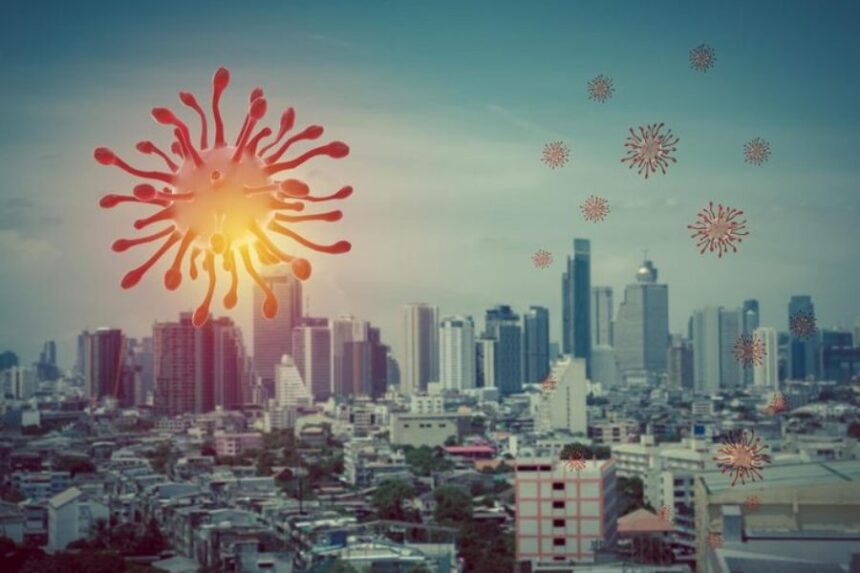The COVID-19 pandemic revealed just how important science and technology are in protecting communities, both globally and locally. Behind every diagnostic test, there are sophisticated tools that make detection possible in just hours rather than weeks. One of the most crucial innovations has been the DNA and RNA Extraction Machine, a piece of laboratory equipment that isolates genetic material from viruses or bacteria for study and identification. While it may sound like something far removed from everyday life, these machines have been central to public health strategies that ultimately affect the well-being of every neighborhood, including ours.
Understanding the Role of RNA in Disease Detection
To realize why such machines are essential, it is worth first of all to learn what RNA is. RNA is the genetic code of many viruses, including coronaviruses, and as such, scientists can use it to detect whether or not they have an infection. Extraction of RNA, however, cannot be done manually effectively, particularly in an emergency situation like a global health crisis where speed and precision are of the essence. Automated extraction machines assume this role, making sure that the samples obtained by the patients are processed fast and in the same manner.
The Technology That Changed the Pace of Response
At the beginning of the pandemic, the lack of testing caused confusion and panic. The manual extraction methods that were in place could not cope with the number of cases. That image all changed with the introduction of automated machines to extract. Laboratories could suddenly provide answers at the scale the crisis demanded, with the capacity to process dozens or even hundreds of samples in a single run.
In the case of neighborhoods such as ours, it meant less time waiting to receive test results, more local outbreaks being monitored, and a greater assurance that local healthcare systems were not overburdened. The science of pandemic response was far removed, yet it was experienced in every home in which a family member could be tested and receive timely results.
Bringing Labs and Communities Together
The other important effect of the technology is the way it establishes a connection between complex scientific principles and the welfare of the community. When smaller clinics or hospitals possess the same equipment as large-scale research facilities, it will no longer leave smaller communities at a disadvantage during a worldwide emergency. Automated extraction technology can improve the playing field by allowing smaller test facilities to run diagnostics in their local area and do so reliably.
To Meet Future Health Challenges
Although the urgency of COVID-19 has disappeared, its lessons learned are critical. Pandemics are not a single-time phenomenon, and history tells us that outbreaks of infectious diseases will take place. One thing that communities can do to prepare is to invest in tools such as RNA extraction machines that can help them in the face of the unknown. The machines do not have to be specific to a particular virus- they can be used to detect influenza, emergent pathogens, or even antimicrobial-resistant bacteria.
In a neighborhood such as ours, the significance is in being proactive rather than reactive. Access to sophisticated testing infrastructure means that, when the next crisis comes, we will be able to respond to it quickly and efficiently. The pandemic demonstrated that communities that could access science-based solutions were better off and that there was a necessity to continually invest in public health preparedness.
The Implications for Our Neighborhood
The advantages of technology, such as the DNA and RNA Extraction Machine, extend far beyond the labs. They affect the everyday lives of the common folk in ways we may not always notice. When a local school could reopen safely due to testing programs that created confidence, when a small business could keep its doors open due to regularly screened employees, or when families had peace of mind that results would not take weeks- these were direct results of scientific innovation.
Just as in many other neighborhoods, we are better equipped to deal with issues when we have the resources to do so. Science is not only about labs and scientists, it is about saving lives, earning trust, and making sure that everyone, no matter where they are, has access to timely healthcare.
Conclusion
The pandemic was a reminder that the front lines of global health can have very intimate connections with our daily lives. Machineries that separated strands of genetic material became the mainstay of local health measures, and this demonstrated that science is not abstract but intimate. By moving forward and maintaining our investment in technologies, such as automated RNA extraction, we will not only be ready to respond in the event of another global crisis but also be ready to excel during periods of uncertainty. After all, it is the science that drives pandemic response that is the same science that keeps our community alive.




